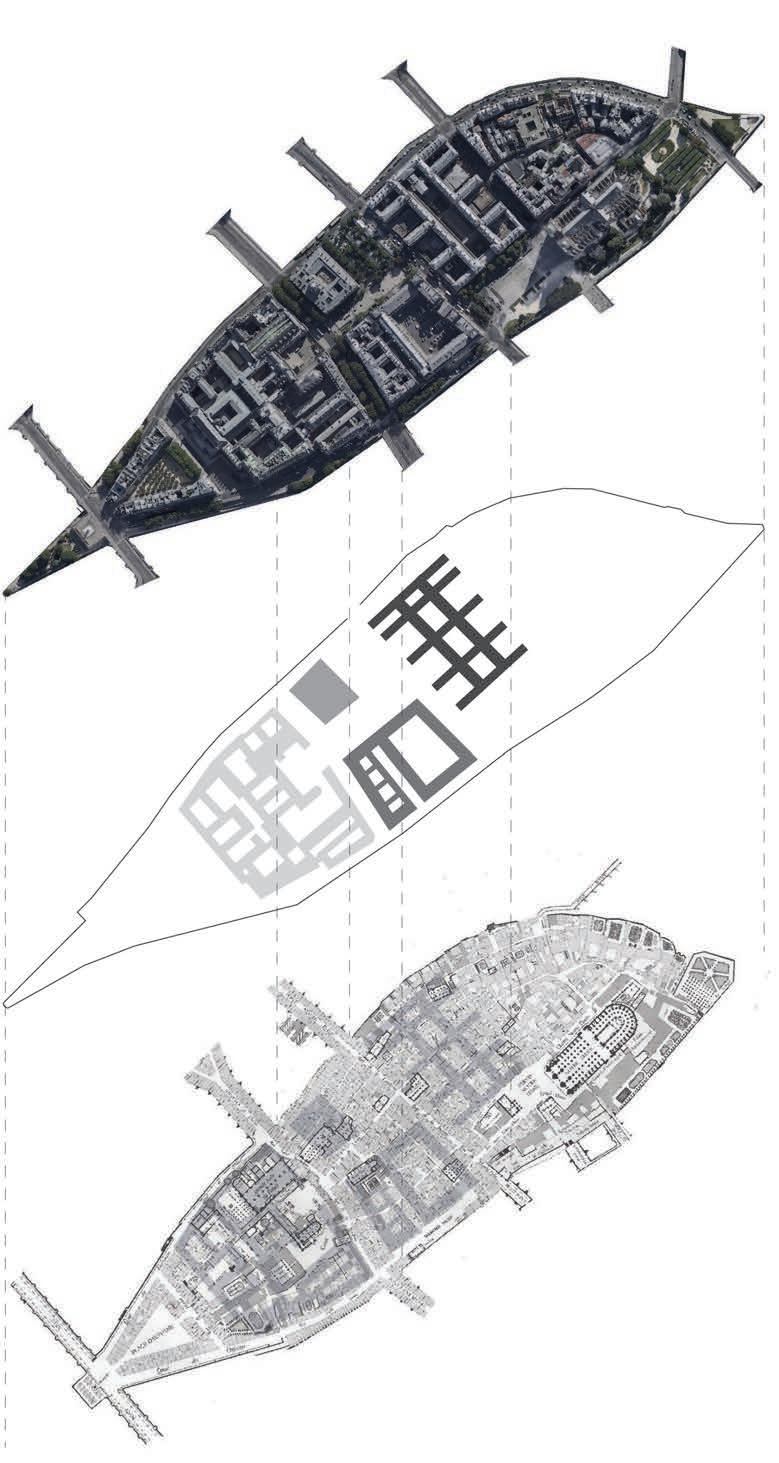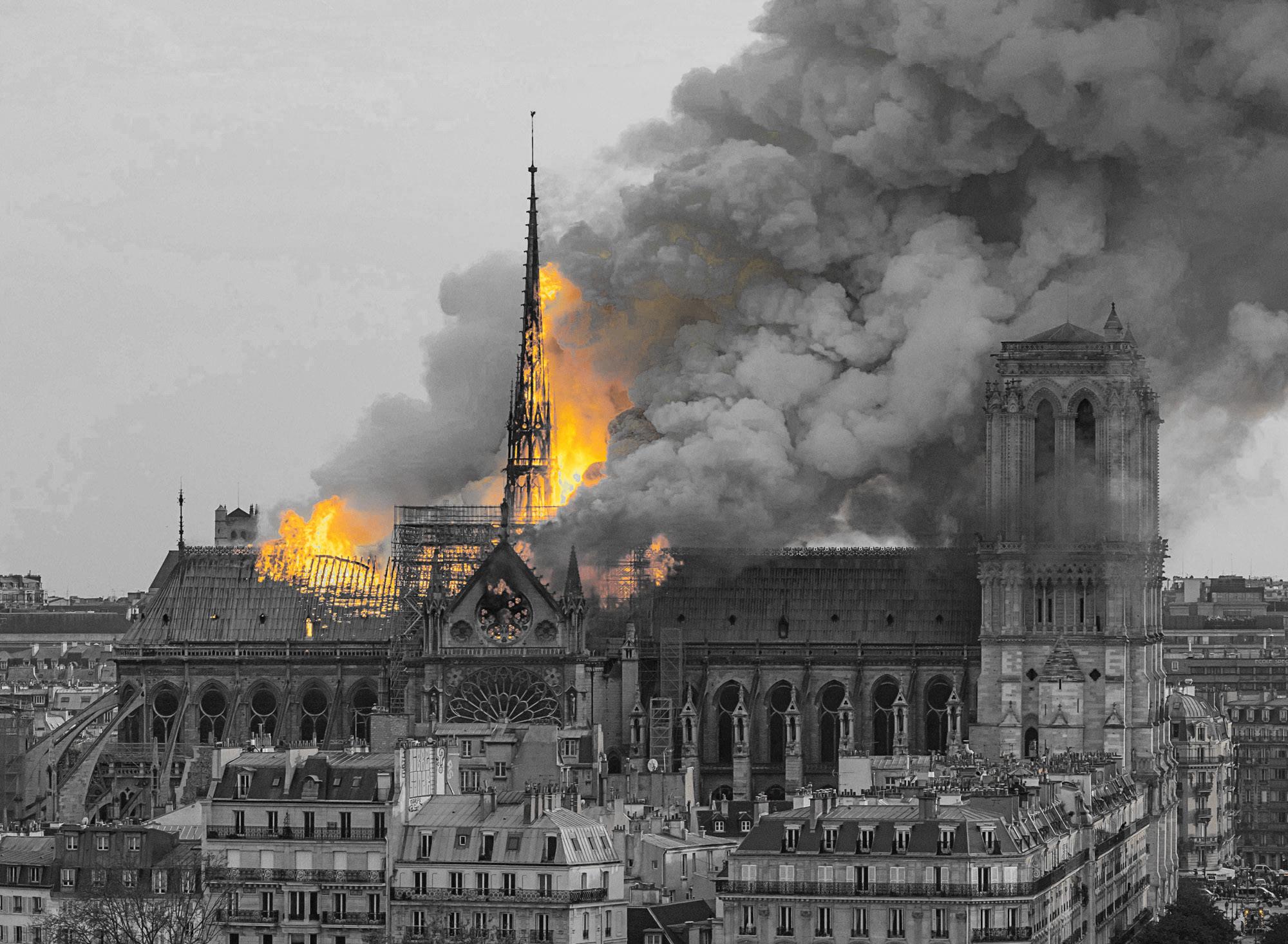
2 minute read
Staging
My interpretation of the brief centres around the principle that architecture and heritage are not static objects fixed and preserved in time, but are ever changing. The 2019 fire at Notre Dame is therefore not simply a tragic loss of heritage, but a natural, albeit damaging stage in the buildings life. With the loss of some valuable heritage comes the opportunity to re-evaluate peoples relationship with the building, and redesign how this famous piece of architecture is integrated into the city and perceived by the people who inhabit it. In staging i began to establish my own perspective on these issues, and roughly plan a strategy from which a design could form
My site is located on the SouthEast end of the Ile de la Cite, in Central Paris. During the staging part of the project, my focus was nominally on the Parvis infront of the cathedral.
Advertisement
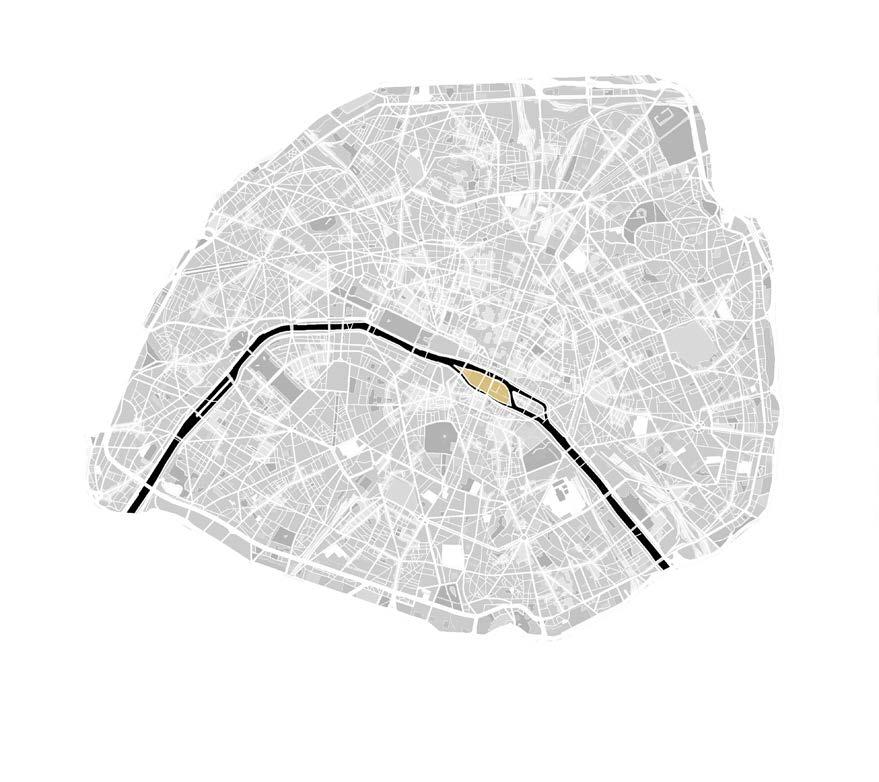
Our visit to the Sorbonne during our field-trip prompted a great deal of discussion about the islands role in the city. Whilst geographically at the centre of Paris and central to the tourist experience, it is marginal in the lives of most Parisians. This divide between Parisians and Tourists prompted me to think about how the two sides of island life could be better integrated
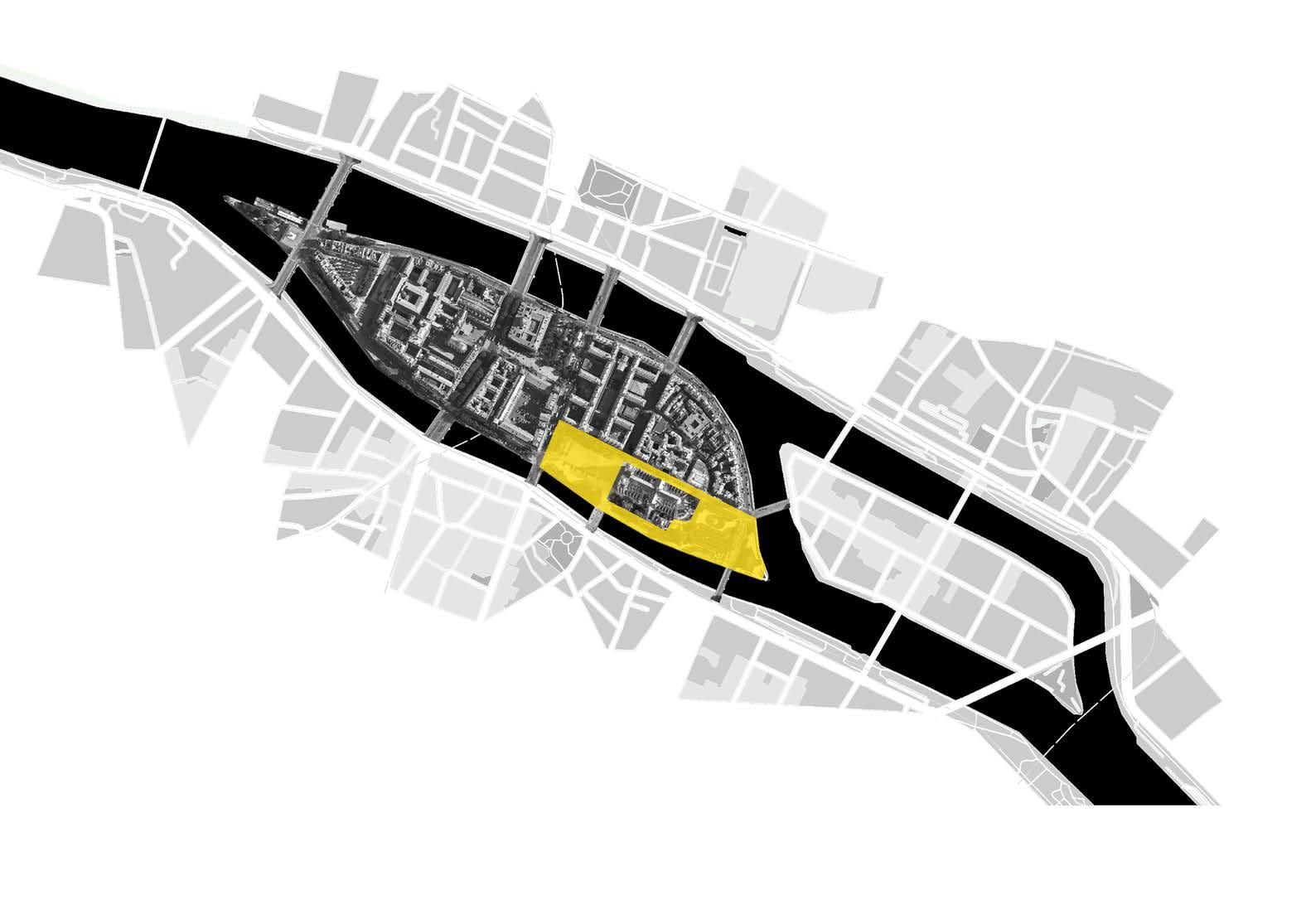
My choice of site was informed by both its close physical proximity to Notre Dame, and the historical precedent for building on the site we had explored during Primer. The site had largely been dominated by the old Hotel Dieu hospital, and the Archbishops Palace, with houses, shops and churches also present. The low density of buildings on this site today suggested a possible reason as to why this area of the island feels devoid of the dynamism that defines the rest of the city. Building here might thus reinvigorate the island
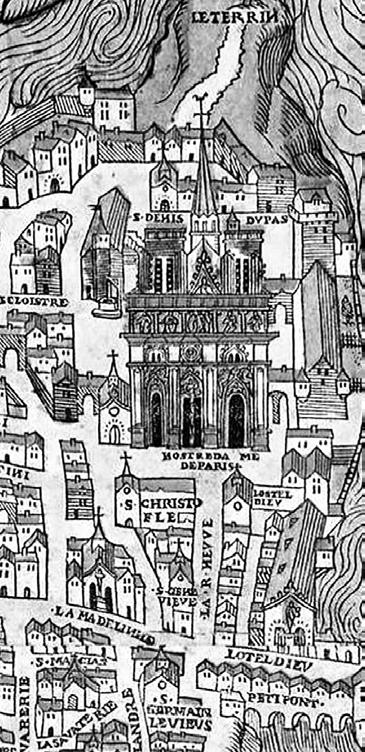
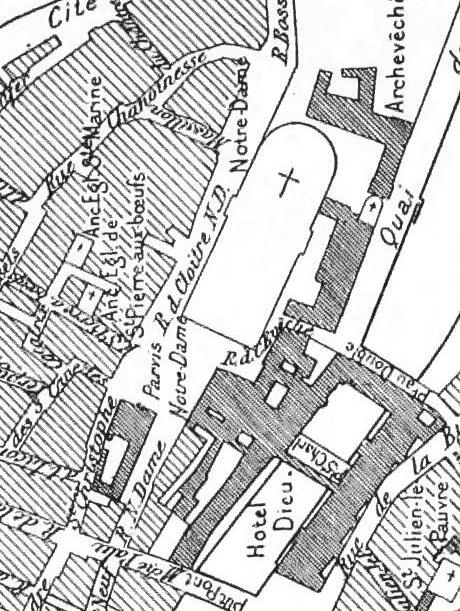
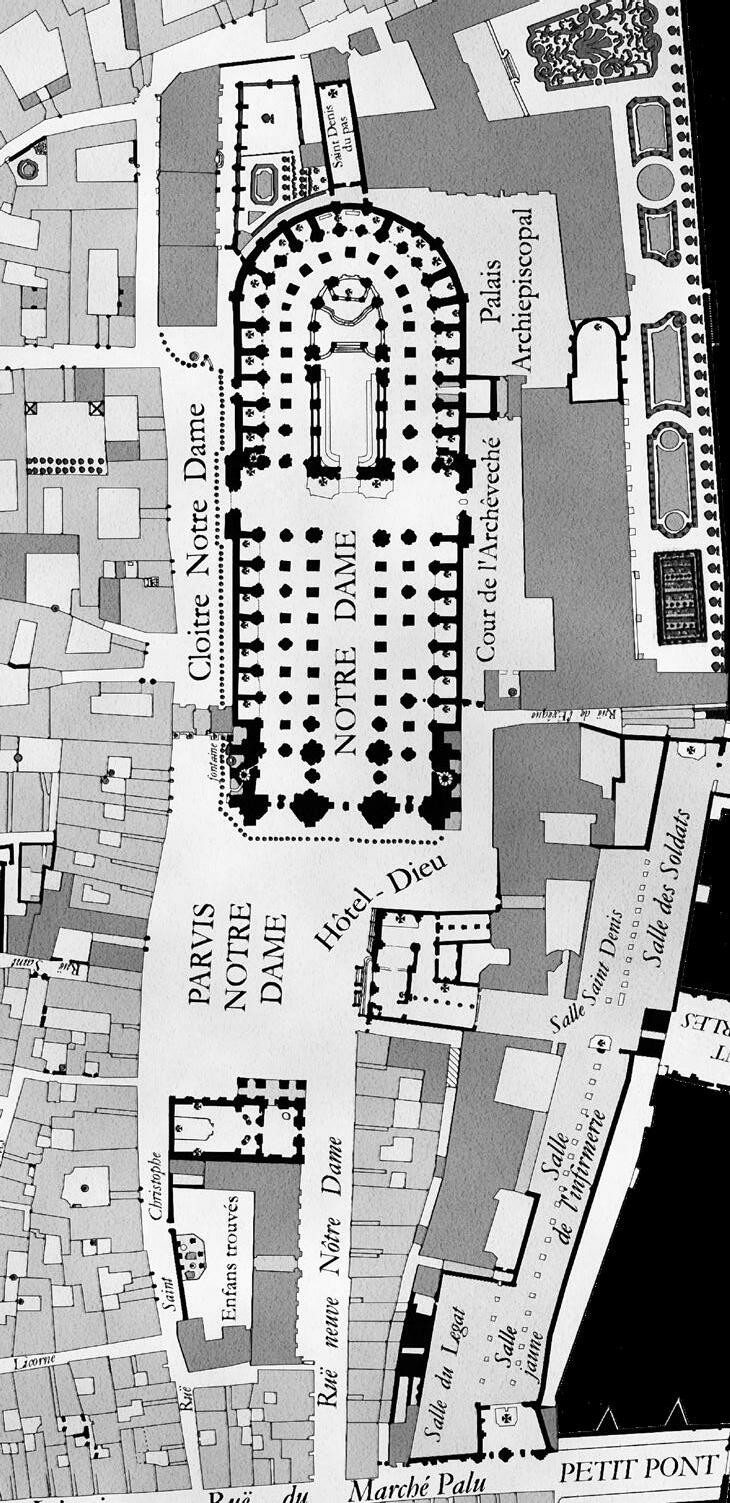
Turgot Map 1734
My aim with this historical analysis is that by placing my building in relation pre-existing buildings on the site, i will be able to reintroduce a feeling if urbanism and density that has since drained from the island.
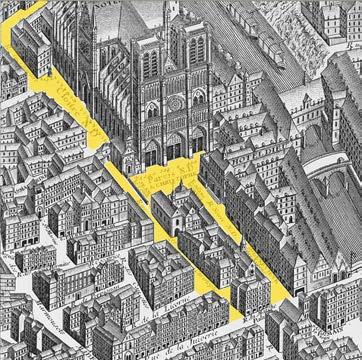
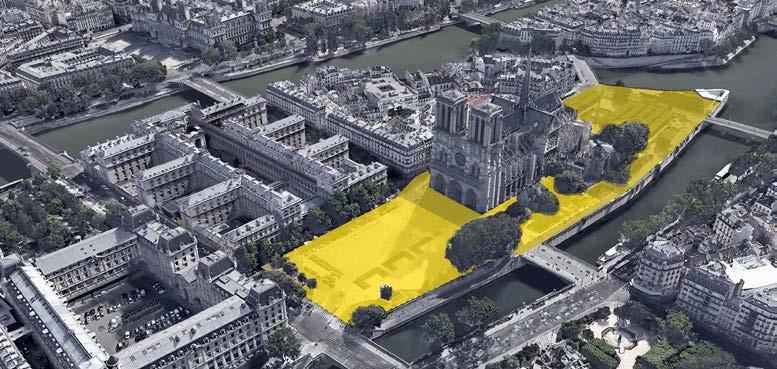
The relationship between tourists and Parisians is complicated. Tourism is a significant contributor to Paris’s economy, but the quantity of visitors can overwhelm areas of the city. The Ile de la Cite hosts some of Paris’s most prized tourist locations, and as a result their presence on the island can feel overwhelming, which discourages Parisians from visiting the island. The discussion we had on our visit to the Sorbonne reinforced the sense that the islands focus on Tourism has alienated Parisians
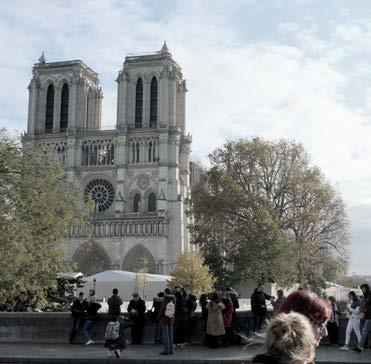
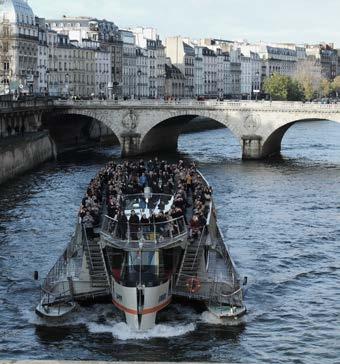
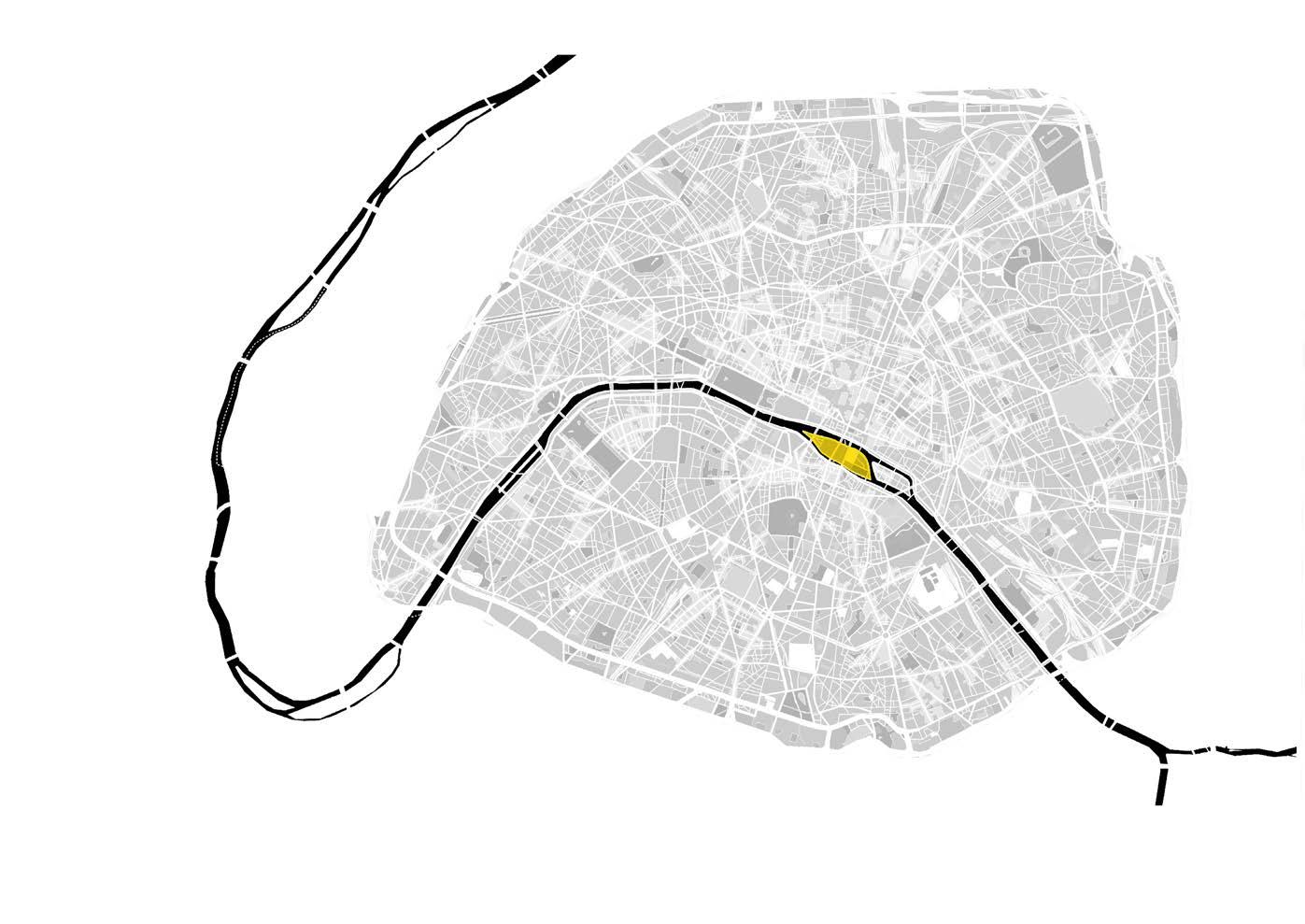
Douglas Pearce
I read Douglas Pearce’s 1998 paper, ‘Tourism Development in Paris: Public Intervention’. Although it contained old statistics, it had useful insights into how infrastructure developments intended to benefit Parisians , if badly managed often lead to more tourists. This paper also highlighted how important Tourists are to Paris’s economy, even if their presence is disliked. (Pearce, 1998
Site Visit
Despite our site visit being outside of peak tourist season, and much of the Ile de la Cite being closed to tourists as the restoration of the cathedral began, their presence was still significant. Notably people were crowded onto river boats, and congregated in packs, blocking pavements in attempts to get photos of the cathedral
Tourism is just one factor that has lead to the Ile de la Cite feeling isolated and peculiar from the rest of the city. Much of the changes introduced by Haussmann promoted the function of the island’s governmental role in the city.
Consequently, where streets filled with high density housing and shops used to stand, today you find lower density civic buildings, such as the Hotel Dieu, a large hospital, or the Police Prefecture. The presence of these institutions result in the island feeling as though it lacks the social atmosphere that defines the rest of the city
